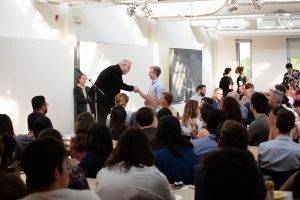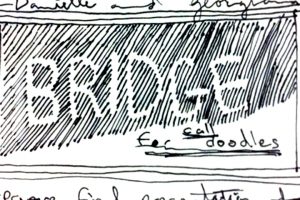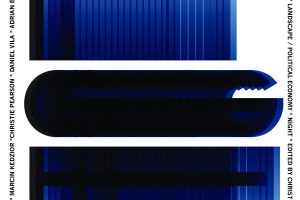If you’ve ever walked in the forest, or watched the sun rise over the sand, or tasted the sweet scent of ocean mist, you’ll know that nature, regardless of when and where you meet it, heals and energizes us. The simple act of just being in it deepens our breaths, and calms our worries. After spending time in the city, you begin to crave the silence of nature and the sweet smell of natural space. This yearning to be in nature is common to each person that lives a life surrounded by the harsh human world that we are part of. This world we live in is, in a way, separate from the trees, the streams, the glow of sun on the dew. This world is bounded by walls, shaped by human history and preconception, and trapped in a cycle that removes us from ourselves.
This removal from nature is a product of history, of the human need to build and to control. Stemming from a pragmatic need to shelter ourselves from the discomfort of nature, building has evolved into total disconnect from nature. Georg Simmel (1858-1918), one of the founders of modern sociology, writes in his essay Bridge and Door that ‘the human being who first erected a hut, like the first road-builder, revealed the specifically human capacity over against nature, insofar as he or she cut a portion out of the continuity and infinity of space.’ It is this ‘carving out’ from nature that we do when we build today. The finite realm is where we live, where we create, and where we look out at the world from. The dawn of the modern age brought with it a newfound disregard for the natural human connection with nature, with that infinite realm that we now yearn to be part of again.
We heal in nature because we are reconnecting. We heal because we touch the infinite world of nature, and step outside of our finite realm. But this finite space that we have built extends beyond the cities we live in, to the very way we perceive the world. Since the conception of linear perspective, the world has been dominated by visual perception. We have developed the tools to depict space as seen, and rejected non-visual methods of describing space. We have created a world from which to see others, but not experience them. The world of people cut itself off from the unseen, from the infinite. It is when you close your eyes that the world extends, with only your imagination limiting it. This limitlessness of the non-visual world is what we experience when we are in nature.
When describing a forest, one doesn’t talk about the number of trees, or their heights and species. One talks about the rustle of the wind through leaves in spring, the warmth of dappled light on the face, the scent of moss underfoot and the touch of rough bark beneath tender fingers. We don’t use our eyes to describe nature because nature in its truest form is non-visual. A tree is more than the sum of trunk, branch and leaf. Specifically, it’s affect on us is more than branch, trunk and leaf could ever be, and so we need to see it as more than that. We heal in nature because we tap into our native ability to see the world without our eyes – to see the world through a sensory experience. In a world dominated by signage, windows, and lights, it takes a moment for us to adjust to the forest, and to heal in it with eyes closed and other senses awakened.
This break that exists between the finite world of people and the infinite world of nature is, of course, a human conception, based on human experience. We talk today of ‘connecting with nature’ when in fact it is a reunion – a reconnection. To connect is to separate, for how can you bridge between two hills unless you first define them as separate? In reconnection, the parts of one thing are stitched back together. The finite world is not lost forever from the infinite one, it simply requires a shift in our understanding of how we experience the world. If we can see our cities, houses, and walls as more than a visual experience, than we can move our realm into the infinite world again, and begin to create a healed world where the great tension between the human and natural worlds dissolves.





Leave a Reply